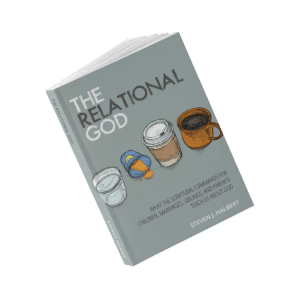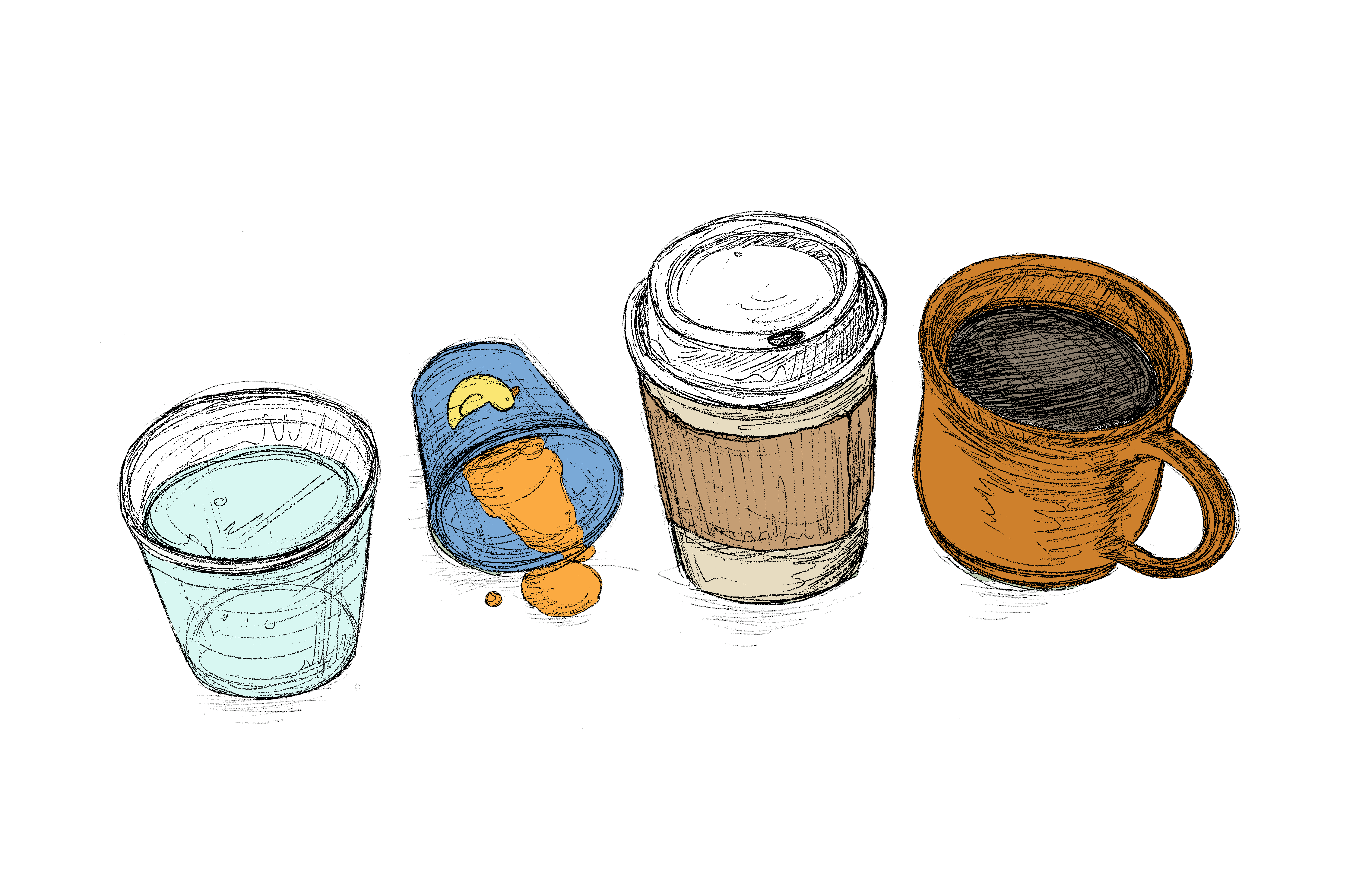Jesus is dead.
That is certainly what the disciples thought. Just look at what Peter does after the crucifixion. He looks at the other disciples and says “I am going fishing” (John 21:3).
Game over.
Back to the family business.
On Holy Saturday, Christians take part in the angst, the disappointment, and the hopelessness that the crucifixion engenders.
The problem is, we know the rest of the story. We know what Sunday holds.
Resurrection.
Incredulity.
Hope.
But in this moment, Jesus has been dead for two days, and reality is settling in for His disciples. They’re throwing in the towel.
Jesus is dead.
History
How foolish those disciples must have felt. As Paul would say later, they are “most to be pitied” (1 Corinthians 15:19).
We’ll come back to Peter in a moment, but let’s take a closer look at what Paul says:
12 Now if Christ is proclaimed as raised from the dead, how can some of you say that there is no resurrection of the dead? 13 But if there is no resurrection of the dead, then not even Christ has been raised. 14 And if Christ has not been raised, then our preaching is in vain and your faith is in vain. 15 We are even found to be misrepresenting God, because we testified about God that he raised Christ, whom he did not raise if it is true that the dead are not raised. . . . 17 And if Christ has not been raised, your faith is futile and you are still in your sins. 18 Then those also who have fallen asleep in Christ have perished. 19 If in Christ we have hope in this life only, we are of all people most to be pitied.
1 Corinthians 15:12-19
Look closely at verse 19 again, “If in Christ we have hope in this life only, we are of all people most to be pitied” (emphasis mine).
This Life and the Next
It’s interesting that one of the New Testament’s most difficult passages – 1 Peter 3:18-22 – has a similar emphasis on setting our focus beyond this life only:
18 For Christ also suffered once for sins, the righteous for the unrighteous, that he might bring us to God, being put to death in the flesh but made alive in the spirit, 19 in which he went and proclaimed to the spirits in prison, 20 because they formerly did not obey, when God’s patience waited in the days of Noah, while the ark was being prepared, in which a few, that is, eight persons, were brought safely through water. 21 Baptism, which corresponds to this, now saves you, not as a removal of dirt from the body but as an appeal to God for a good conscience, through the resurrection of Jesus Christ, 22 who has gone into heaven and is at the right hand of God, with angels, authorities, and powers having been subjected to him.
1 Peter 3:18-22
Don’t miss the fact that the individual writing this is Peter. The disciple who lived through the hopelessness of Jesus’ death. Yet what He is telling us is – as amazing as the Easter celebration of the resurrection is – there is something bigger than just this life going on on Holy Saturday too.

Exegesis: between the cross and the resurrection
We have been teaching through 1 Peter in our Sunday school class. As I’m writing this, COVID-19 has drastically impacted the way we do church. I find myself preparing for a Saturday night Zoom meeting. It is fitting, then, that this passage of 1 Peter falls on Holy Saturday. A time for Protestants which a recent Christianity Today article claimed “has found relatively little expression in [our] theology and liturgy.”
There are four predominant views on what this passage might be referencing, but I want to go a slightly different direction. I want to ask the question: “why?” Why are there four different views? It is because none of us knows what happens after death.
The New Testament only hints at what happened on Holy Saturday, and we are not a people who like the unknown.
Passages like this one, leave us scratching our heads.
But, to be honest, there’s no need to explain.
God does not expect us to know the mechanics of what happens after death. He gives enough information for us to trust and hope in Him.
Pretending otherwise is, ultimately, an exercise in futility.
So let’s look at what we do know.
Context
In order to do that, we have to contextualize this passage; so let me summarize 1 Peter 1-4:6:
Grace and peace to the believers abroad, chosen in Christ for obedience. Your faith is like gold and leads to the hope you have in salvation, which allows a different perspective during trials. And the object of that faith (Christ) was prophesied about long ago.
So, let your faith lead to holiness out of reverence. And that common obedience should lead to brotherly love as you grow up together in the Lord (knowing we’ll be with one another forever – as was prophesied).
Remember to model yourself after Christ.
He is the source of our unity (and, consequently, the source of disunity among those who don’t believe). Indeed! Your unity in Christ creates a whole new people! So let your lives reflect that new nation (the church), that it may point others to God. Now – even though you are a new people, a new nation – this doesn’t give you license to disobey physical government. Show them honor and lead exemplary lives. Even submit to unjust human institutions (like Christ). That is the greatest witness, and it is through someone who did this that you are saved.
And model this in the home. Wives submit to your husbands. Husbands honor your wives. Don’t take advantage, but model Christ’s gentleness and shepherding. For your wife is an equal heir with you.
The church should be unified in love and eschew evil, for God will deal with evil. If you do good, you have nothing to fear, for you will be vindicated (either now or at judgment).
Was this not modeled in Christ? After His physical death, He exemplified even more graciousness in His spirit by proclaiming to spirits in prison from the flood. And the flood is a sign of baptism, which completes this spiritual metaphor of rebirth, through which (like the water of the flood) we receive a good conscious through Christ. And by His spiritual victory, Christ achieves victory over both physical and spiritual realms.
Therefore, imitate Christ in the spiritual life which His death purchased. For – just as in Noah’s time – sin will be judged and the gospel proclaimed in order to give life to the spirit!
Summary 1 Peter 1-4:6
This entire book points to Christ’s example. And Peter is testifying that, even in death, Christ is trustworthy. He demonstrated both graciousness and conquest.
From the Author
Remember . . . this is Peter. He’s glimpsed into the unseen realm. He watched the winds and waves submit themselves to Jesus, He saw Jesus walk on water, He saw Jesus rebuke demons, and then He saw Jesus rise from the dead. And then Peter Himself was able to rebuke demons and disease, walk on water, have visions, and raise people from the dead.
He knows His Lord.
Conclusion
So – whether this passage is an allusion to old Hebrew mythology, pre-Fall demons, or a reference to Sheol – it doesn’t ultimately matter.
On this Holy Saturday, Peter’s ultimate point is that – even in death – Christ is our example.
According to 1 Peter 3:19, Jesus’ death was “death in the flesh.” But that death in the flesh allows Him (and all who count Him as Lord) to be “made alive in the Spirit.”
Being alive in the spirit means something . . . but we don’t know what. What we do know is that we can trust Jesus in the spiritual realm as well as the physical realm
It’s Holy Saturday.
Jesus is dead (in the flesh).
But today – the precursor to Easter Sunday – He is alive in the spirit (doing, literally, God knows what).
And tomorrow that will culminate with the greatest hope of all.
We will see Him alive in both the spirit and the flesh!
Hallelujah!
Happy Holy Saturday!
and [in anticipation]
Happy Easter!
He is risen indeed!

Additional Resources
Blog Posts: This blog post is part of a broader category that I call Difficult Theology. As I have opportunity to study (usually for Sunday school at my church – Edwards Road Baptist) or for Bagels and Bible study, I try to write out my thoughts here. I hope it is of help to you.
Book: If you enjoyed this post, you may also enjoy my book, The Relational God. Chapters 1-3 are about how to approach God as children (a tact alluded to in this article):

Encouraged?
- Add your comments or questions below
- Share this post using the links below
Additional Credit:
- Christianity Today article referenced: Travis Ryan Pickel, “Before Christ Rose, He Was Dead: The truth of Holy Saturday is that God is with us, even in our mortality.” Christianity Today, March 13 2020. https://www.christianitytoday.com/
- In the first sentence of the Conclusion, I allude to some different interpretations of this passage. For a condensed handling of these interpretations, see the New International Version Application Commentary (NIVAC): McKnight, S. (1996). 1 Peter (p. 215). Grand Rapids, MI: Zondervan Publishing House.
